
bee honey in closeup Stock Photo 14665427 wallpaper, Bee
Honeycomb is a hexagonal structure made by bees to store honey, while a beehive is a structure that houses a colony of bees. Honeycomb is made of beeswax, while a beehive can be made of various materials like wood, plastic, or clay. Honeycomb is harvested for its honey, while beehive houses and protects bees. Summary Key Takeaways
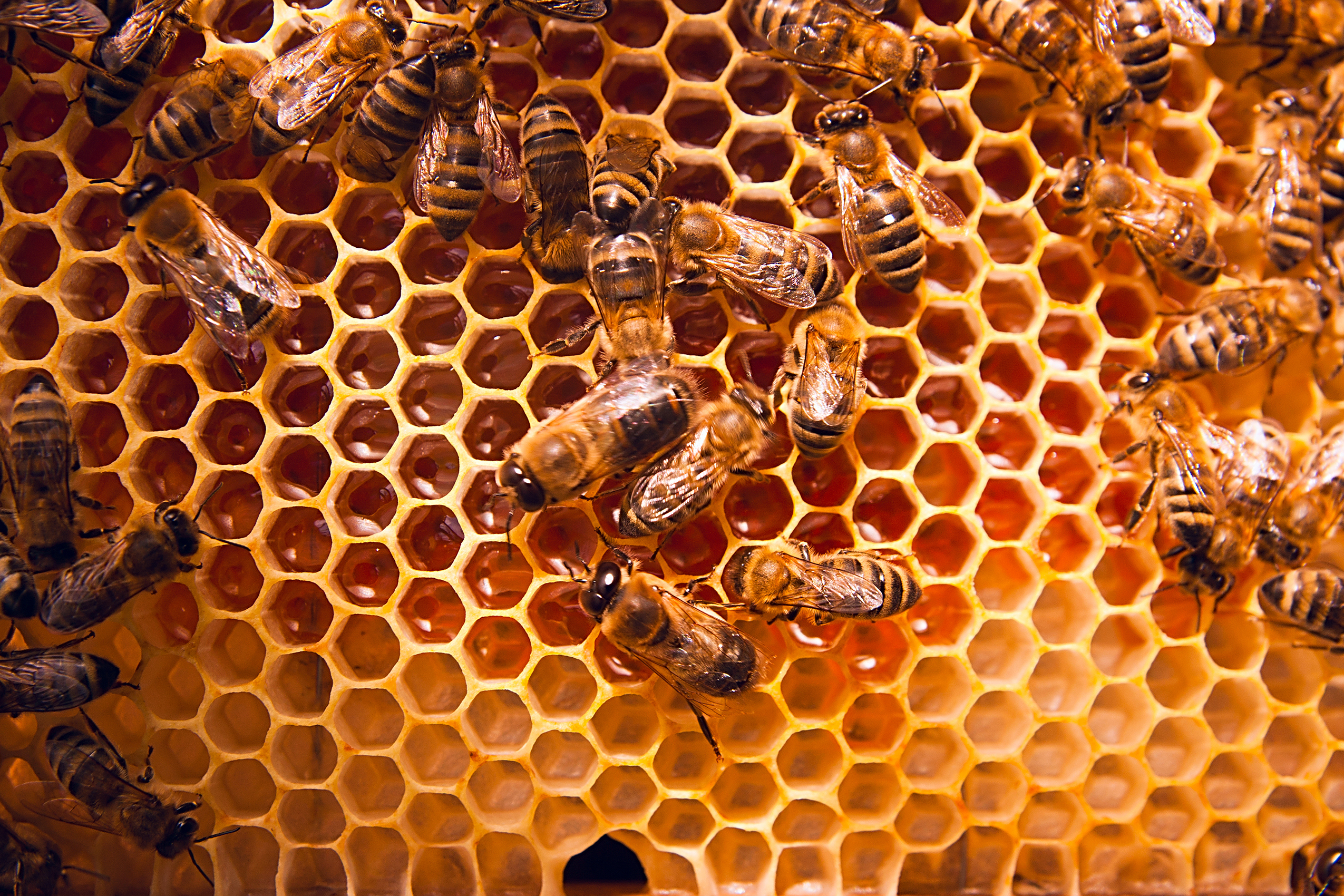
The Hobby of Beekeeping Wagners Greenhouses
A honeycomb is a mass of hexagonal prismatic wax cells built by honey bees in their nests to contain their larvae and stores of honey and pollen. Beekeepers may remove the entire honeycomb to harvest honey. A beehive is an enclosed structure in which some honey bee species of the subgenus Apis live and raise their young.

Free Images beehive, honeybee, beekeeper, membrane winged insect, apiary, pattern
Honeycomb and Beehive Health Is Honeycomb Edible? What Are the Benefits of Eating Honeycomb? How is Honeycomb Consumed? Does Eating Honeycomb Pose Any Health Risks? Other Uses of Honeycomb: Beeswax Where To Purchase Honeycomb FAQs In 1780, Swiss naturalist Francois Huber revolutionized beehive design by introducing movable combs.
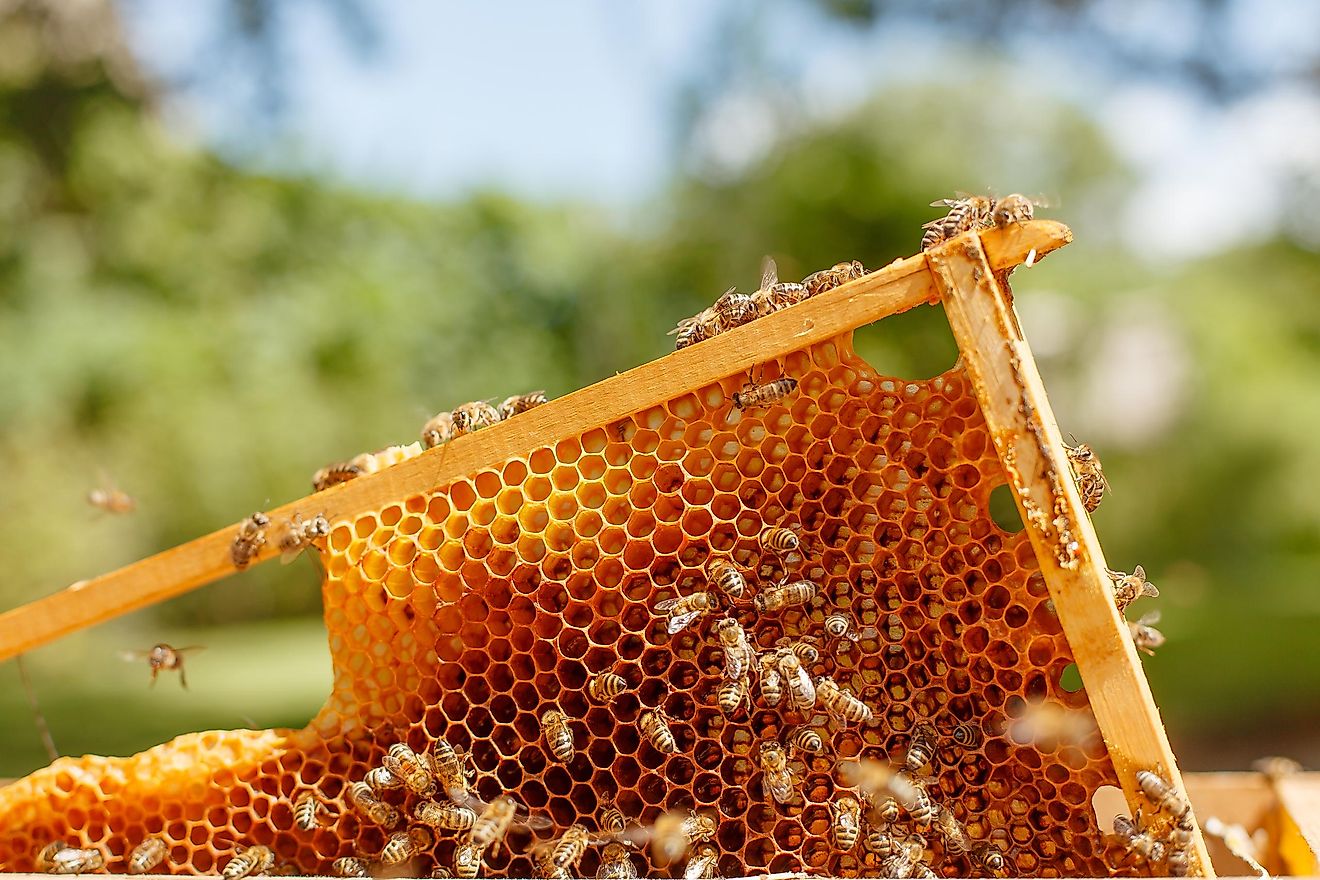
How Do Bees Make Honey? WorldAtlas
Comb. It's one of the most important parts of a successful beehive. In fact, honey bees make the vast majority of a hive's interior out of comb. In a very real sense, comb is the bedrock of a beehive's entire operation. Like any other part of beekeeping, how you deal with comb can make or break your beehive.

Closeup Of Bees On In Apiary Stock Photo Download Image Now iStock
Aug 30, 2023 Beehive vs. Honeycomb: Exploring the Structures and Functions of Nature's Ingenious Architects Have you ever been amazed by how complicated a beehive is or how well-made a honeycomb is? These natural structures, made by hardworking bees, are much more than what meets the eye.
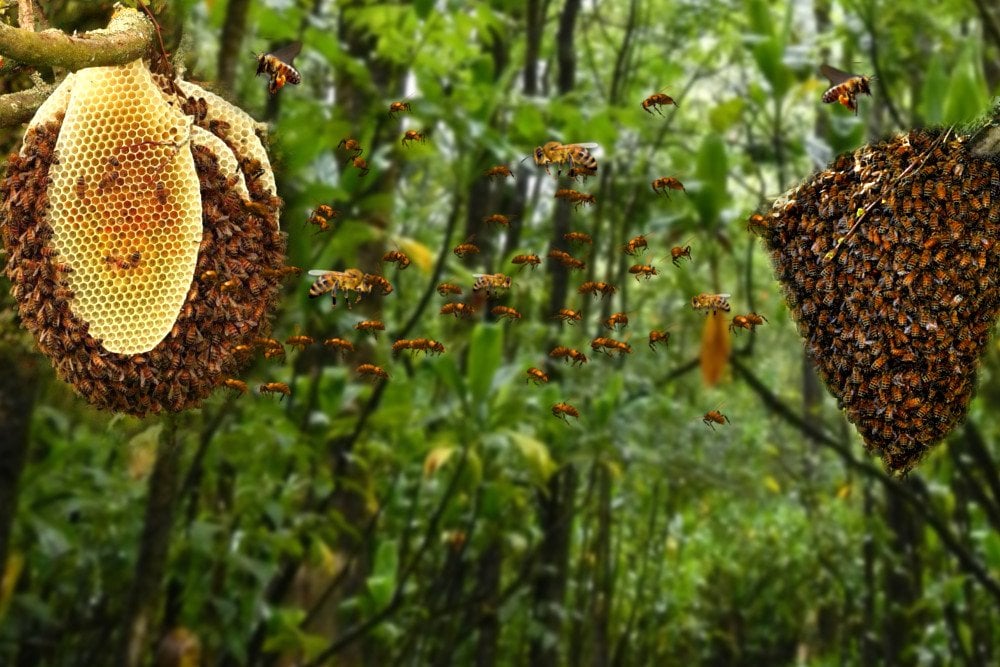
How Do Honey Bees Choose Their Nesting Site? » Science ABC
This depends on many factors, such as the temperatures in the depth of winter. It is not unusual to require 60 lbs. or more of honey, which means a lot of comb is necessary to store that honey. Bees use cells to create honey in two phases. First, nectar foraged from flowers will be placed in cells and left uncapped.

on Tree Nature and Swarm Honey Bee Comb Beehive Stock Photo Image of blue, hive
No matter what you love, you'll find it here. Search Honeycomb bee hive and more. We've got your back with eBay money-back guarantee. Enjoy Honeycomb bee hive you can trust.

Bees Building Honey · Free photo on Pixabay
A honeycomb is a structure of hexagonal cells that honey bees use to store raw honey, pollen, propolis, royal jelly, and even larvae. Honeycomb also contains beeswax, which are glands produced by the worker bees. Honeycomb is edible, and you can purchase fresh honeycomb at farmers' markets or from beekeepers directly.
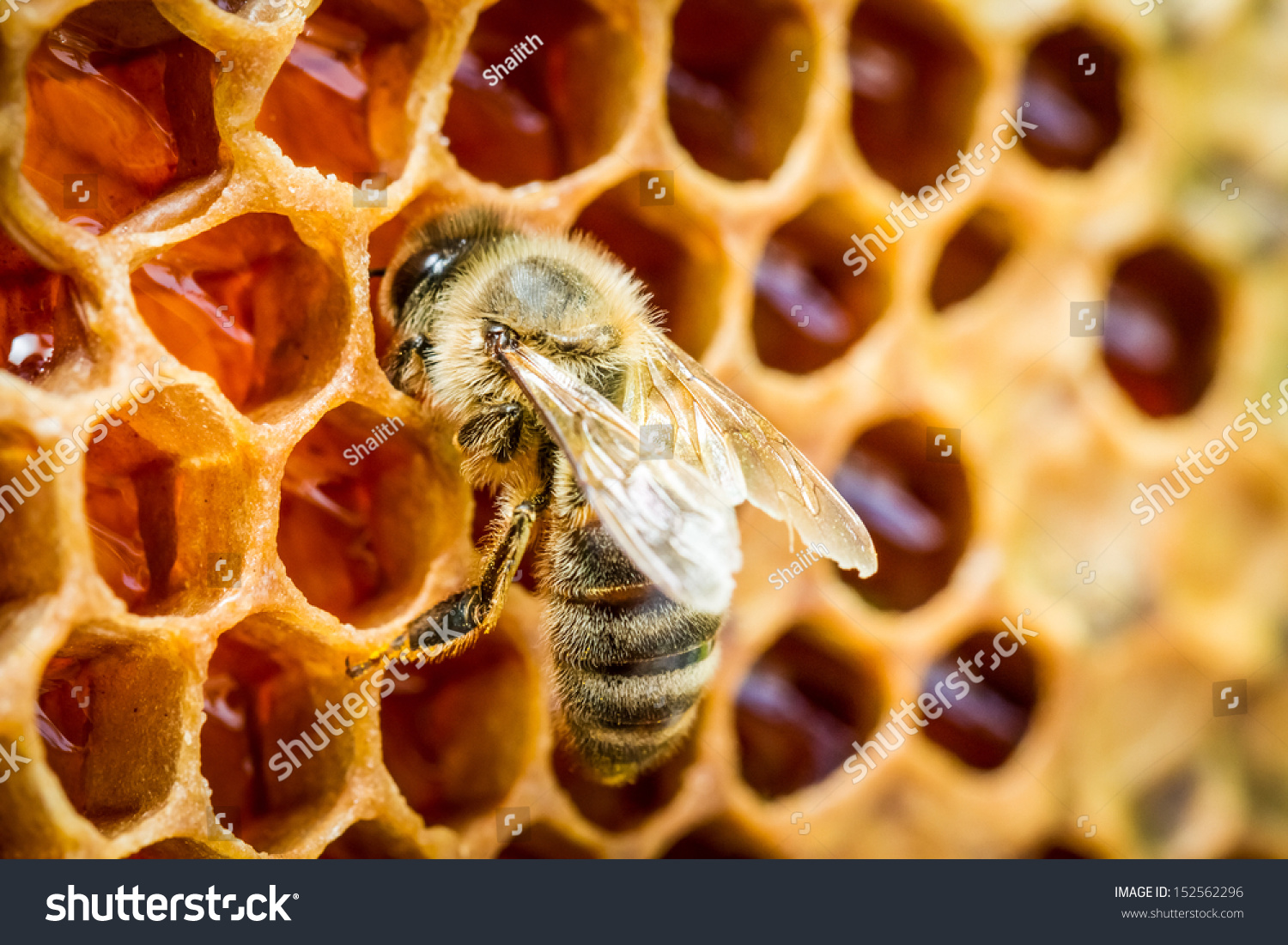
Bees In A Beehive On Stock Photo 152562296 Shutterstock
English Curiosities Differences between hive and honeycomb 21 de July de 2021 Honey is a delicious delicacy made by the bees in their hive. But do you know the difference between a hive and a honeycomb? Do you know why honeycombs are hexagonal?
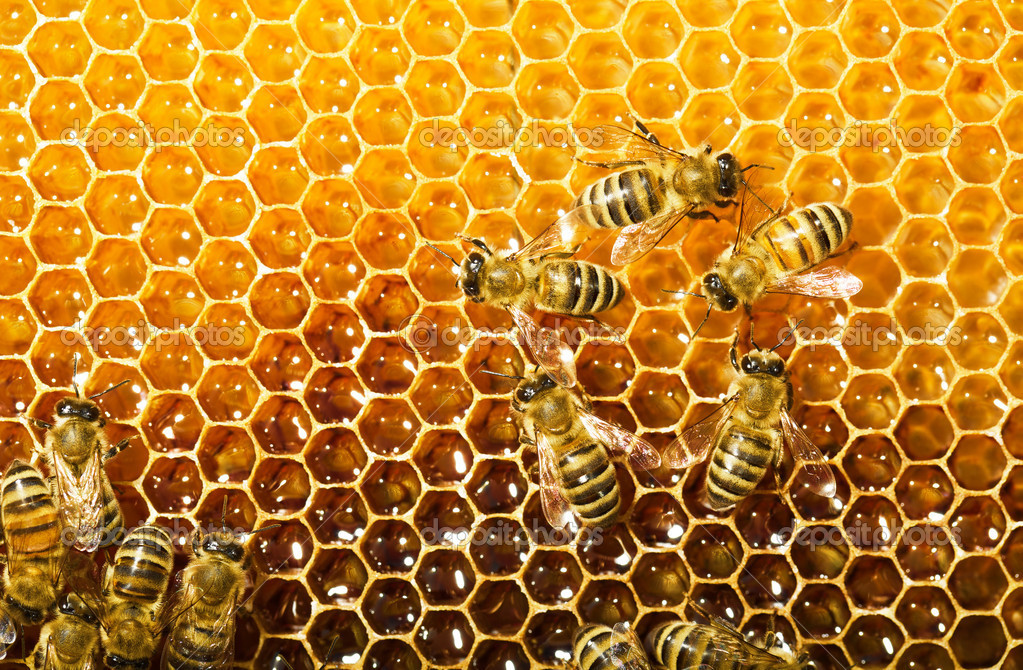
Chester County Ag Notes The Importance of Beeing
A beehive - this term is used loosely and means different things to different people. But, any natural hive of honey bees is sure to contain honeycomb. This is a bit unique and is one major way that bees and wasps differ. Honey bees not only build their nest - they make the raw materials used. In this Post: Physical Structure of Honeycomb

The honey comb is partially exposed here Honey bees keeping, Honey bee decor, Bee keeping
A honeycomb is a mass of hexagonal prismatic cells built from beeswax by honey bees in their nests to contain their brood ( eggs, larvae, and pupae) and stores of honey and pollen. Beekeepers may remove the entire honeycomb to harvest honey.

Free photo Beekeeping, Beehive Free Image on Pixabay 530987
Honeycomb is a natural product made by honey bees to store honey and pollen or house their larvae. It consists of a series of hexagonal cells constructed from beeswax which generally contain raw.
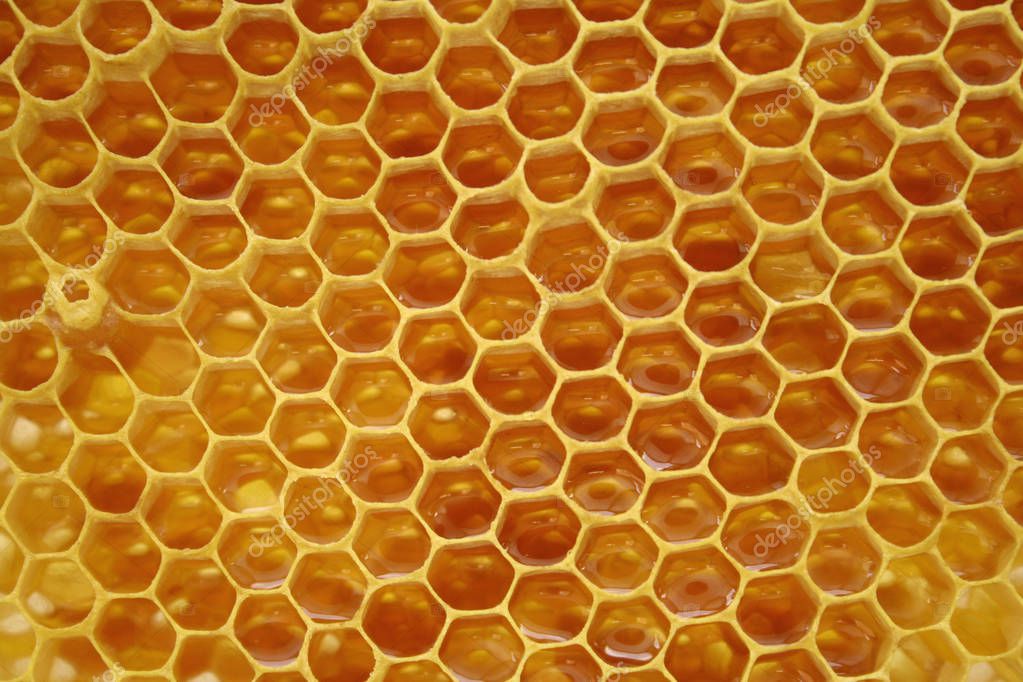
inside the beehive, h exagonal background — Stock Photo © atroszko 171016728
Hexagons in beehives aren't just for aesthetics, and they aren't just for honey storage. Each hexagonal cell is a potential cradle and food supply for a larva to develop in, as seen here. The way human beekeepers get bee-free cells is by preventing the egg-laying queen from being able to reach certain areas of the hive.

Pictures Amazing Looking Wondrous Nature Photos! Bee keeping, Bee hive, Bee
The insects utilized patterns of irregular shapes (mostly pairs of heptagons and pentagons) and manipulated comb cells' size and orientation so craftily that their ability can be considered "a true.

Bee On Photograph by Chevy Fleet Pixels
Honeycomb and wax is a heat sink and insulator for the hive. Top band on the comb: Capped honey cells - the band of white wax coverings Middle and Bottom of Comb: Capped worker brood cells - Light yellow capped cells from middle to bottom of comb. The light yellow color indicates that are freshly laid by the queen.
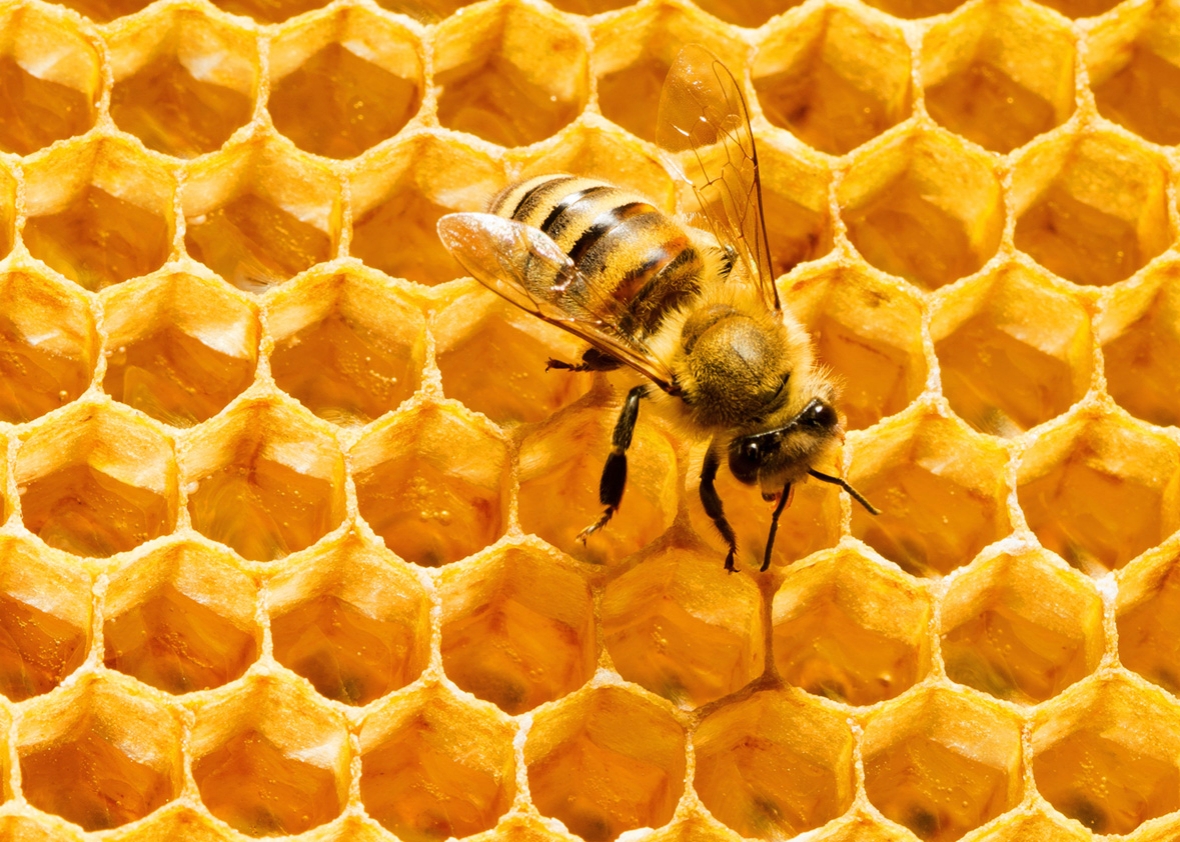
Hexagons are the most scientifically efficient packing shape, as bee proves.
Noun ( en noun ) A structure of hexagonal cells made by bees primarily of wax, to hold their larvae and for storing the honey to feed the larvae and to feed themselves during winter. Any structure resembling a honeycomb. The wood porch was a honeycomb of termite tunnels before we replaced it.